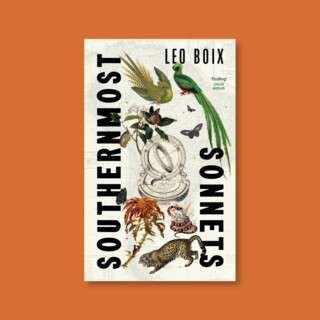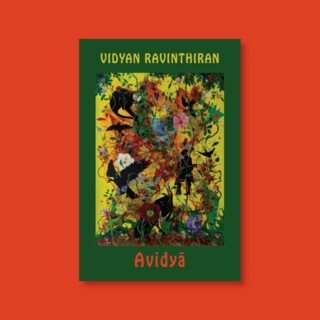
If you haven't yet been gripped by #ferrantefever and are wondering where to start, allow me to suggest Ferrante's second novel, Days of Abandonment. A slim volume (perfect for those who are unsure about committing to the 1,704 pages of the Neapolitan novels), it tells the story of Olga, a woman whose husband has left her for a younger woman, as she deals with the fallout of their relationship. Olga narrates her story with an unrestrained visceral ugliness that is both shocking and utterly engrossing, and unlike anything else I've read. As James Wood put it in the New Yorker, 'Ferrante turns ordinary domestic misery into an expressionistic hell; she can pull a scream out of thin air.'
While nothing else has quite the brutality of Days of Abandonment (even when Ferrante returns to similar territory in the Neapolitan novels, it's in a much more subdued fashion), the subject of marriage and motherhood, what those roles mean, and what happens when those roles are lost or rejected, is ripe territory for fiction. The following crop of recent novels make up an excellent reading list, if you, like me, enjoy books of the women-on-the-edge-of-a-nervous-breakdown genre.
Jenny Offill’s Dept. of Speculation tells, in brilliant little paragraph-length vignettes sometimes compared to Lydia Davis’s short stories, the story of marriage, motherhood, betrayal and recovery. Like Olga reflecting on ‘what a mistake it had been to entrust the sense of myself to his gratifications, his enthusiasms, to the ever more productive course of his life,’ the unnamed narrator is haunted by her neglected ambitions. She never meant to get married: ‘I was going to be an art monster instead. Women almost never become art monsters because art monsters only concern themselves with art, never mundane things. Nabokov didn’t even fold his own umbrella. Vera licked his stamps for him.’
Hausfrau by Jill Alexander Essbaum also deals with the loss of the self. Anna, though, an American ex-pat living with her Swiss husband in a town outside Zurich, is all cold detachment. Unable to feel much for her husband or children, or for her adopted country, where she doesn’t speak the language, can’t drive and doesn’t even have her own bank account, and unable to confide even in her therapist, this is a novel where all the raging drama is below the surface, which ends in suitably melodramatic style.
Motherhood and all its contradictions are explored with painful frankness and viciously dark humour in After Birth by Elisa Albert. Ari’s one-year-old son, source of intense love and equally intense boredom, is 'a swell little guy. Still a baby, though, of which even the best are oppressive fascist bastard dictator narcissists.' Merritt Tierce in her New York Times review gets to the heart of the novel’s ambivalence: ‘Ari is bold enough to put motherhood up on a pedestal because its sanctity is as undeniable as it is dangerous. But she also wants to be sure you know the pedestal is made of excrement and tears and vomit and breast milk and the very selves of a billion unknown women.’
The Pumpkin Eater by Penelope Mortimer, which Penguin Classics have just reissued, could be the prototype for all of the above. Her protagonist, Mrs. Armitage – she’s known only by her married name throughout the novel – is both defined and bored by motherhood. Her innumerable crowd of children shield her from the reality of her marriage, until a crisis forces her to face it. It’s a terribly sad novel that offers little in the way of resolution, but Mrs Armitage’s dry humour and the novel’s strange, dream-like quality balance the tragedy.
Finally, although it couldn’t be further away in tone, Fay Weldon’s The Life and Loves of a She-Devil is a sort of wish-fulfillment, funhouse mirror version of Days of Abandonment: the woman betrayed, rather than teetering on the edge of the abyss, seeks power and revenge. Instead of losing one’s self, this is a tale of rediscovery and reimagining: ‘Peel away the wife, the mother, find the woman, and there the she devil is.’




